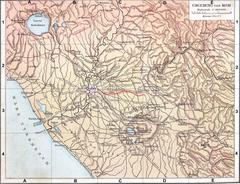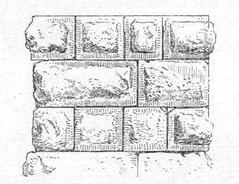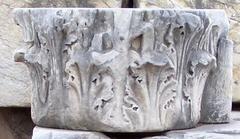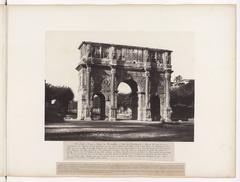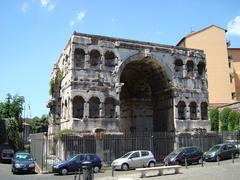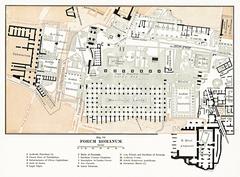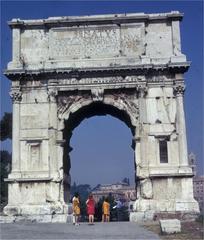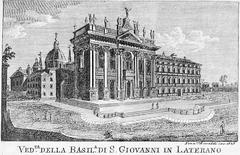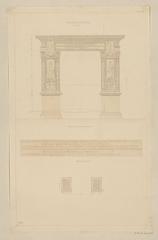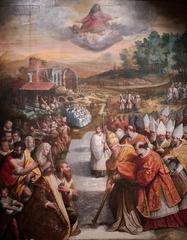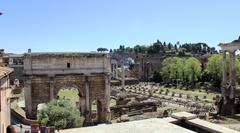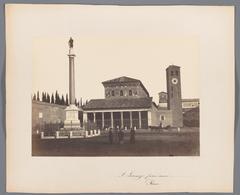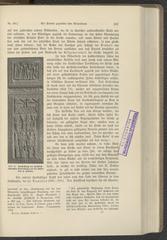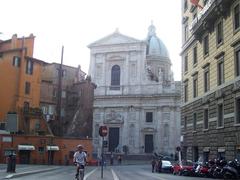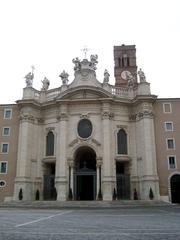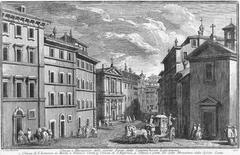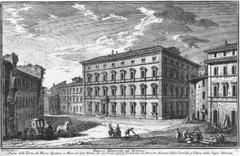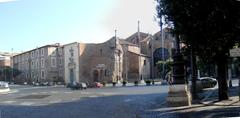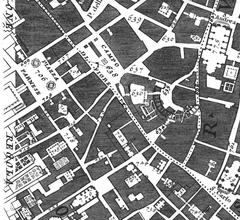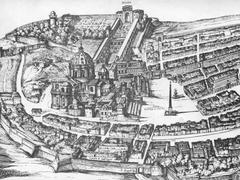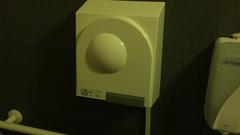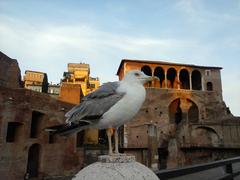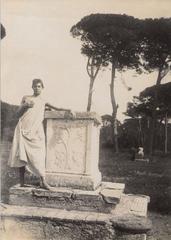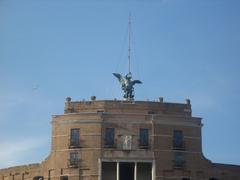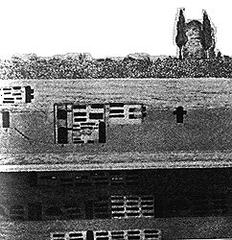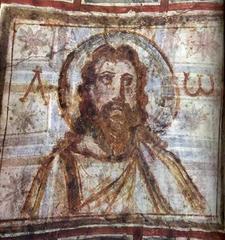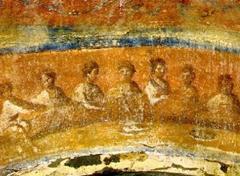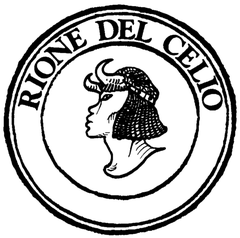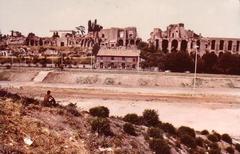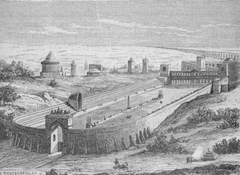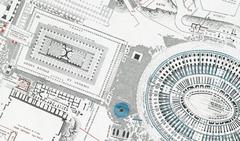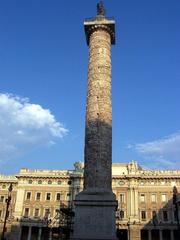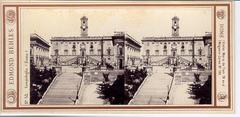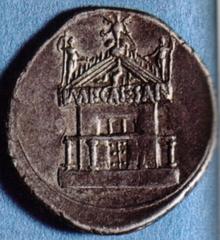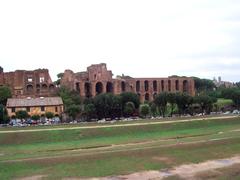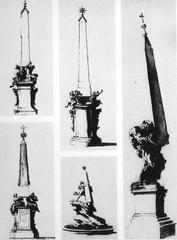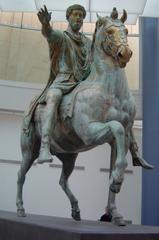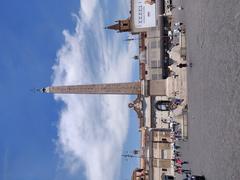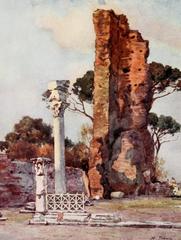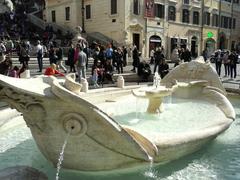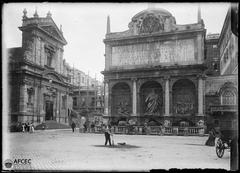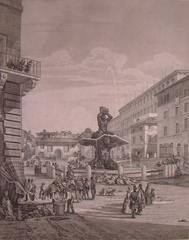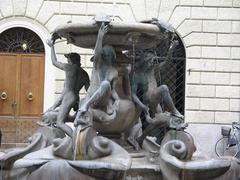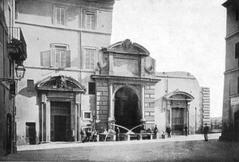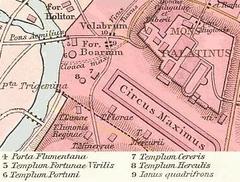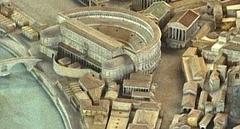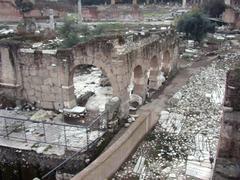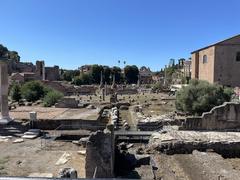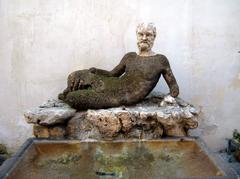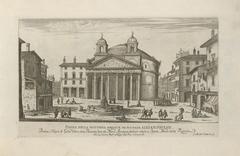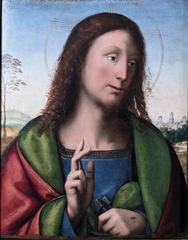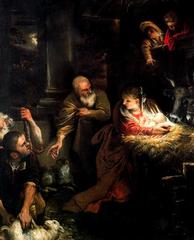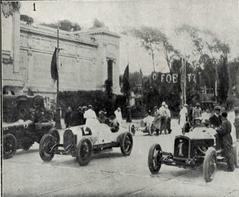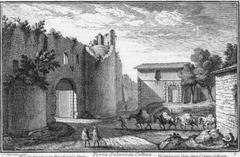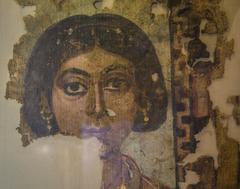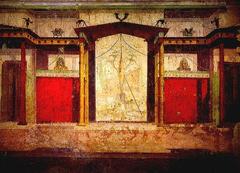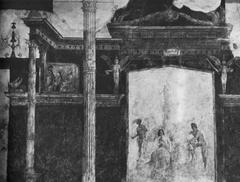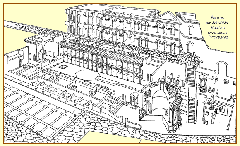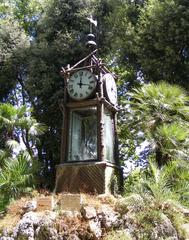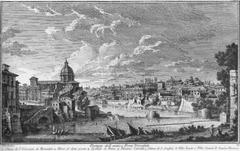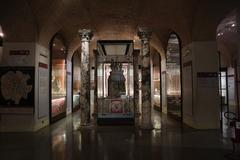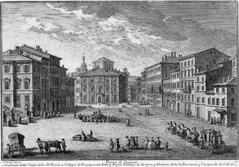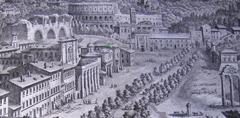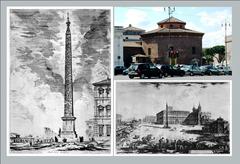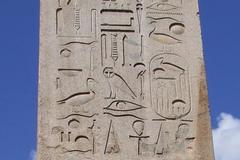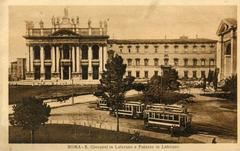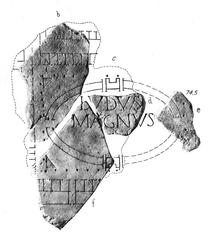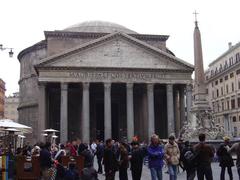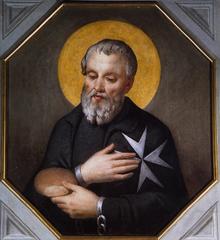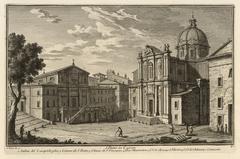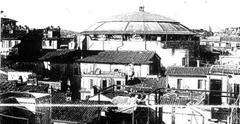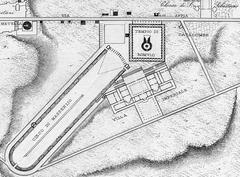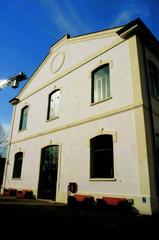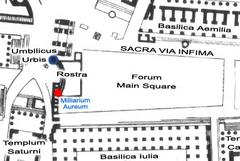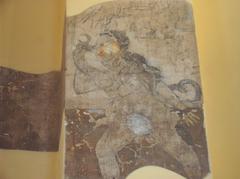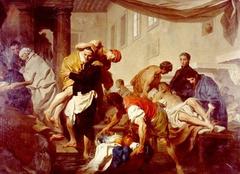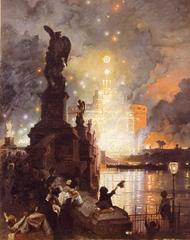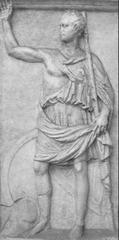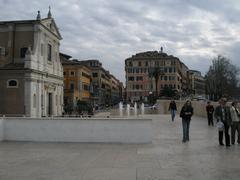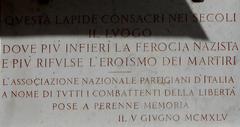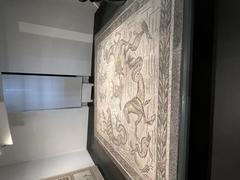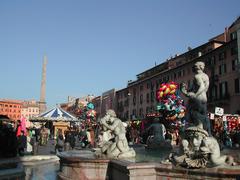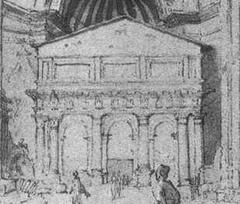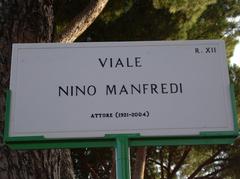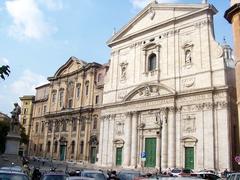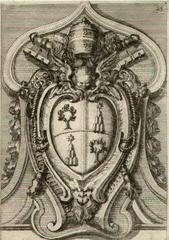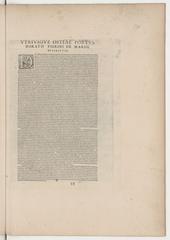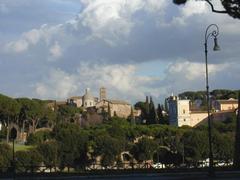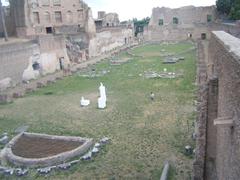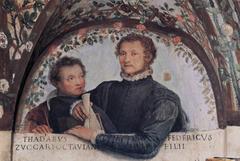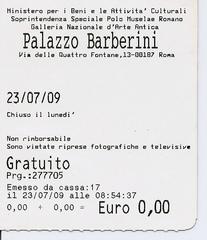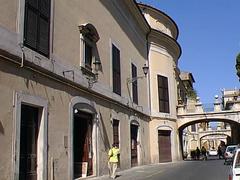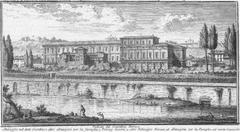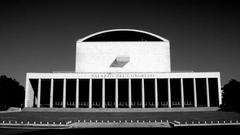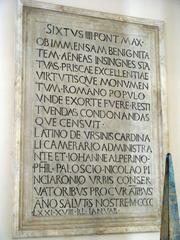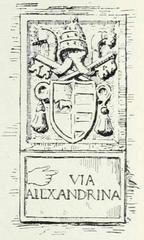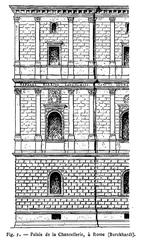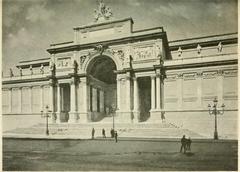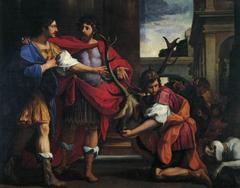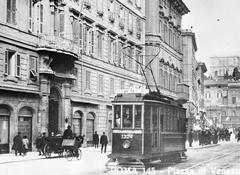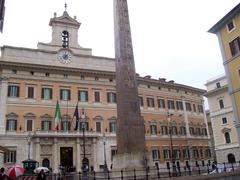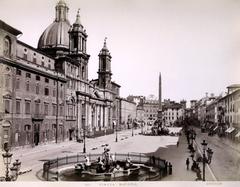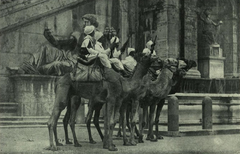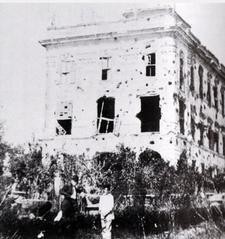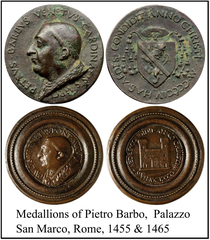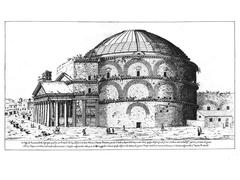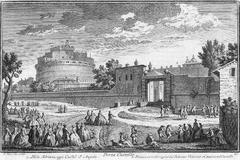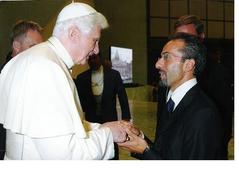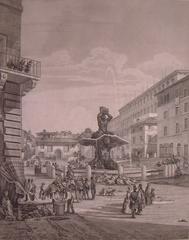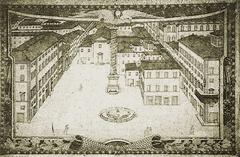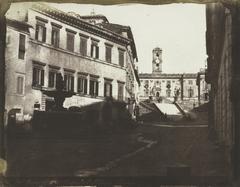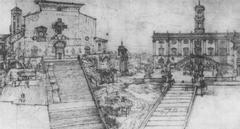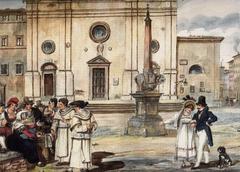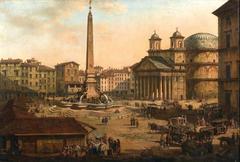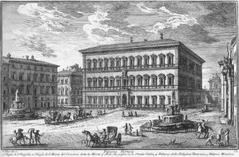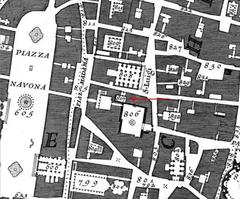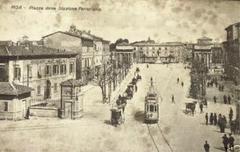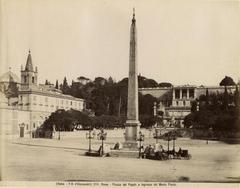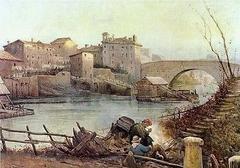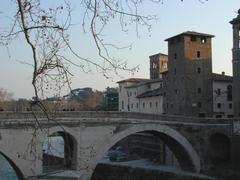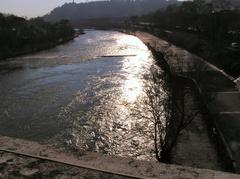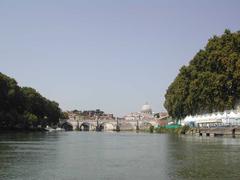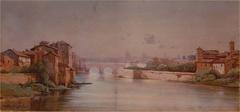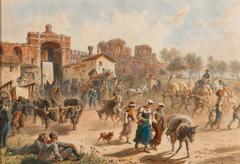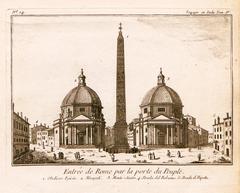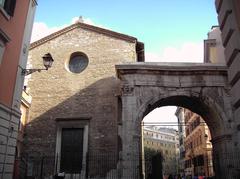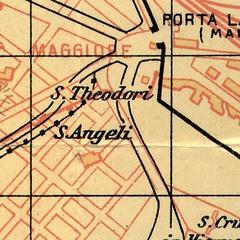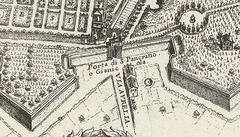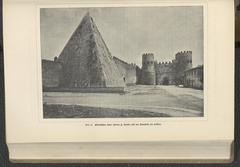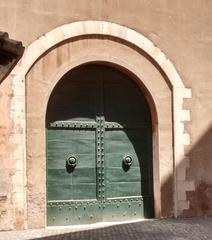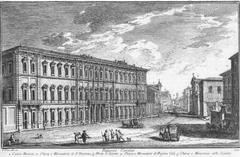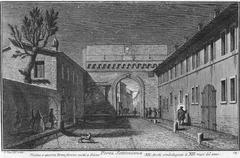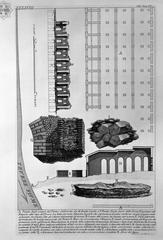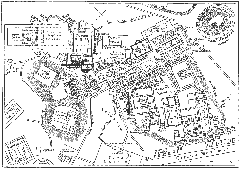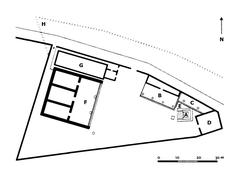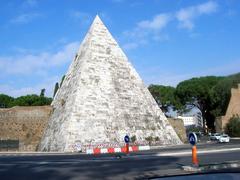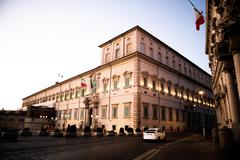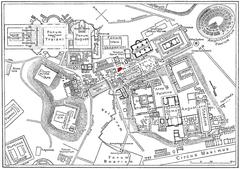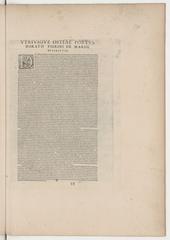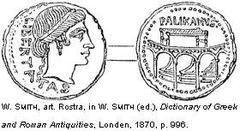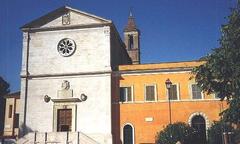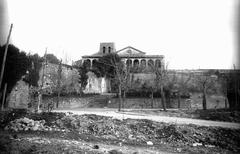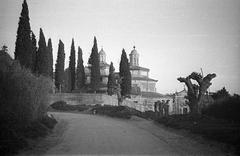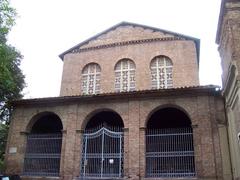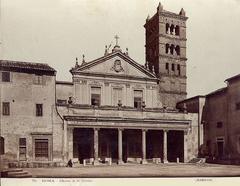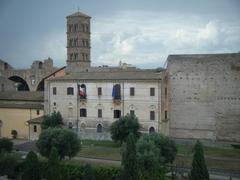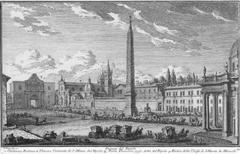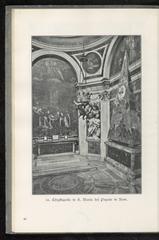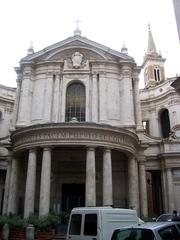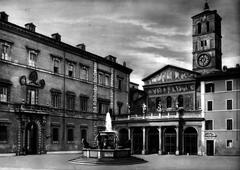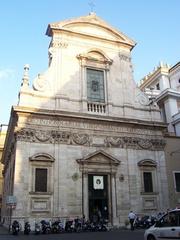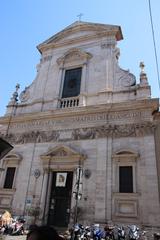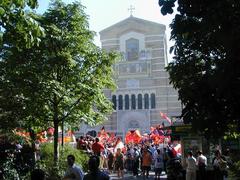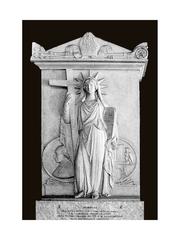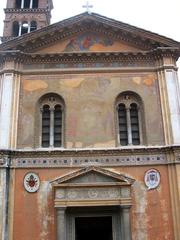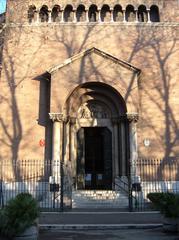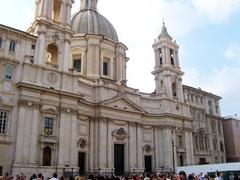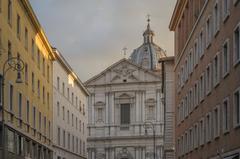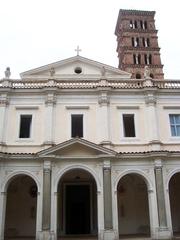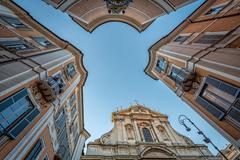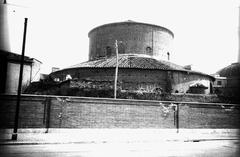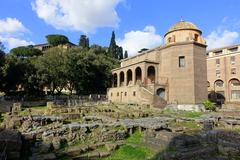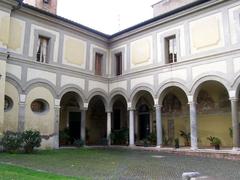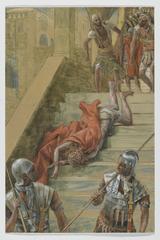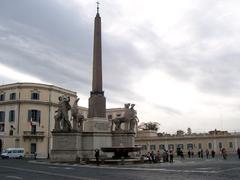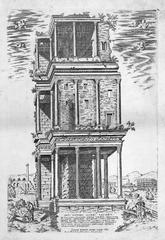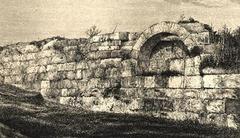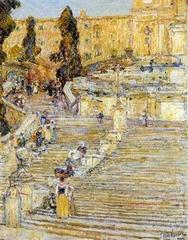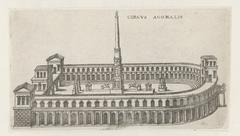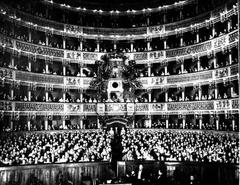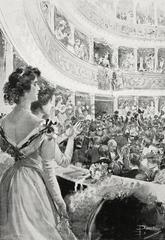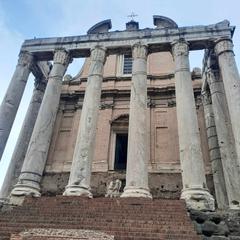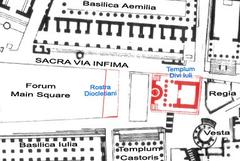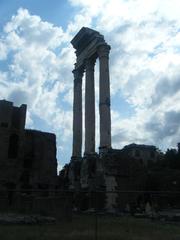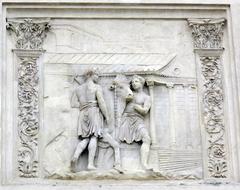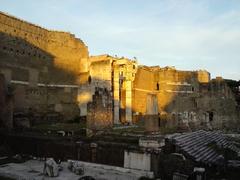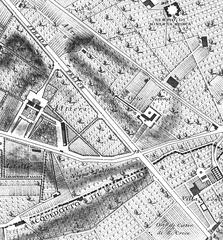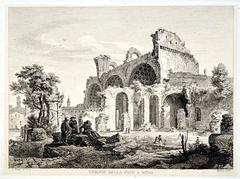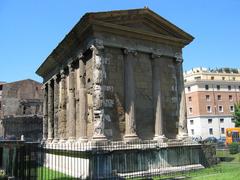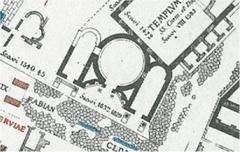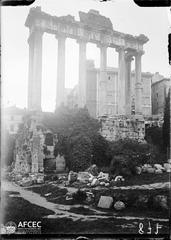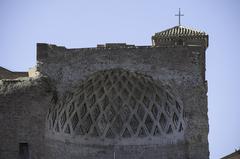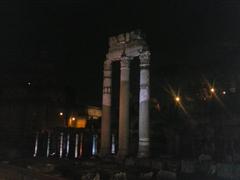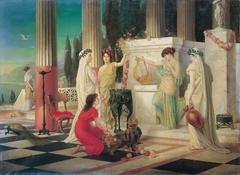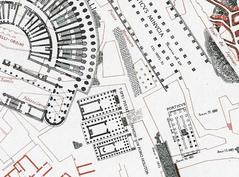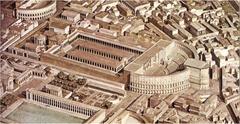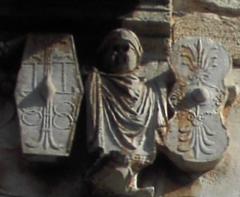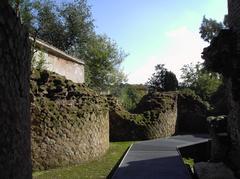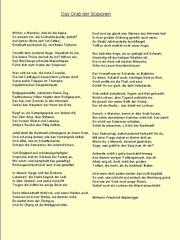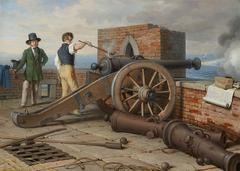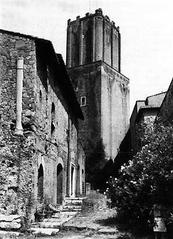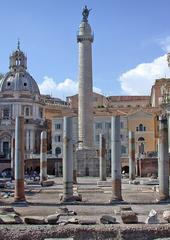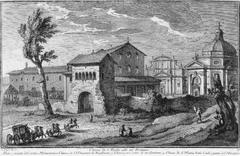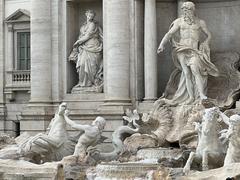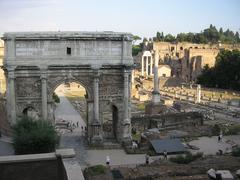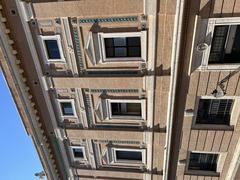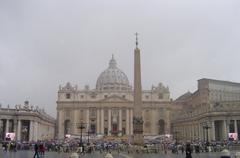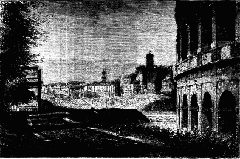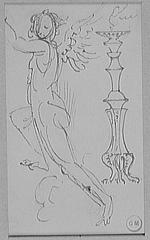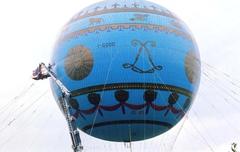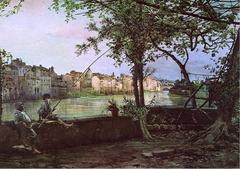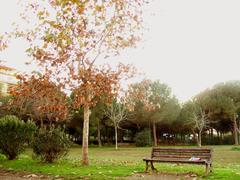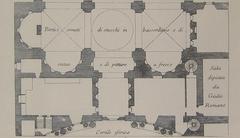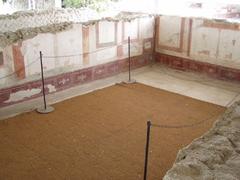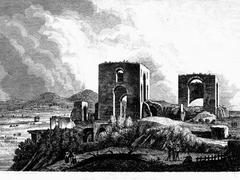Visiting Palazzo Spada in Rome: Hours, Tickets, and Tips
Date: 19/07/2024
Introduction
Palazzo Spada, nestled in the vibrant heart of Rome, Italy, stands as a testament to the city’s rich architectural and cultural heritage. This Renaissance palace, originally constructed in 1540 for Cardinal Girolamo Capodiferro, has captivated visitors with its intricate designs and historical significance. Over the centuries, Palazzo Spada has undergone significant transformations, most notably under the ownership of Cardinal Bernardino Spada, who commissioned the renowned architect Francesco Borromini to add innovative elements like the famous false perspective gallery. Today, it is not only a symbol of Rome’s opulent past but also a hub for art enthusiasts, housing the Galleria Spada, which showcases a vast collection of masterpieces from the Renaissance and Baroque periods. This guide aims to provide a comprehensive overview of Palazzo Spada’s history, visitor information, and tips for making the most of your visit. Whether you’re drawn by its architectural marvels or its rich art collection, Palazzo Spada promises an enriching experience that weaves together the threads of Rome’s artistic and scholarly legacy (Rome.net, ItalyGuides.it, Musei in Comune Roma).
Table of Contents
- [Introduction](#introductionintroduction)
- [History of Palazzo Spada](#history-of-palazzo-spadahistory-of-palazzo-spada)
- [Origins and Early History](#origins-and-early-historyorigins-and-early-history)
- [Acquisition by Cardinal Bernardino Spada](#acquisition-by-cardinal-bernardino-spadaacquisition-by-cardinal-bernardino-spada)
- [Architectural Innovations](#architectural-innovationsarchitectural-innovations)
- [The Spada Family’s Influence](#the-spada-familys-influencethe-spada-familys-influence)
- [Transition to Public Ownership](#transition-to-public-ownershiptransition-to-public-ownership)
- [Restoration and Preservation Efforts](#restoration-and-preservation-effortsrestoration-and-preservation-efforts)
- [Visitor Information](#visitor-informationvisitor-information)
- [Visiting Hours](#visiting-hoursvisiting-hours)
- [Ticket Prices](#ticket-pricesticket-prices)
- [Guided Tours](#guided-toursguided-tours)
- [Travel Tips](#travel-tipstravel-tips)
- [Best Time to Visit](#best-time-to-visitbest-time-to-visit)
- [Photography](#photographyphotography)
- [Accessibility](#accessibilityaccessibility)
- [Nearby Attractions](#nearby-attractionsnearby-attractions)
- [Campo de’ Fiori](#campo-de-fioricampo-de-fiori)
- [Piazza Navona](#piazza-navonapiazza-navona)
- [Pantheon](#pantheonpantheon)
- [Cultural and Historical Significance](#cultural-and-historical-significancecultural-and-historical-significance)
- [Modern-Day Relevance](#modern-day-relevancemodern-day-relevance)
- [FAQ](#faqfaq)
- [Conclusion](#conclusionconclusion)
History of Palazzo Spada
Origins and Early History
Palazzo Spada was originally constructed in 1540 for Cardinal Girolamo Capodiferro, a prominent figure in the Catholic Church. The design was commissioned to the architect Bartolomeo Baronino, known for his work in the Mannerist style. Completed in 1548, the palace quickly became a symbol of wealth and power in Rome.
Acquisition by Cardinal Bernardino Spada
In 1632, the palace was acquired by Cardinal Bernardino Spada, a significant patron of the arts and a member of the influential Spada family. Cardinal Spada transformed the palace into a showcase for his extensive collection of art and antiquities, commissioning renowned architect Francesco Borromini to renovate and expand the palace. Borromini’s work included the famous false perspective gallery, which creates an optical illusion of greater depth (Rome.net).
Architectural Innovations
Borromini’s renovations were groundbreaking and are considered masterpieces of Baroque architecture. The false perspective gallery, also known as the Galleria Prospettica, appears to be 37 meters long but is actually only 8 meters in length. This illusion is achieved through the use of converging columns and a rising floor, tricking the eye into perceiving a much longer space (ItalyGuides.it).
The Spada Family’s Influence
The Spada family continued to reside in the palace for several generations, significantly contributing to its history. Known for their patronage of the arts, their collection of art and antiquities grew over the years, making the palace a center for artistic and scholarly activity.
Transition to Public Ownership
In the 1920s, the Italian government acquired Palazzo Spada and designated it as a national monument. The palace was opened to the public, and its art collection became accessible to visitors. Today, Palazzo Spada houses the Galleria Spada, a museum showcasing the family’s extensive collection of paintings, sculptures, and other works of art, including pieces by Titian, Guido Reni, and Artemisia Gentileschi (Musei in Comune Roma).
Restoration and Preservation Efforts
Over the years, Palazzo Spada has undergone several restoration and preservation efforts to maintain its architectural integrity and historical significance. These efforts have included the restoration of Borromini’s false perspective gallery, conservation of the palace’s frescoes and decorative elements, and preservation of the Spada family’s art collection. The Italian government and various cultural organizations have played a crucial role in these efforts (Beniculturali).
Visitor Information
Visiting Hours
Palazzo Spada is open to visitors from Tuesday to Sunday, 8:30 AM to 7:30 PM. It is closed on Mondays, Christmas Day, and New Year’s Day. It’s always a good idea to check the official website for any changes in visiting hours.
Ticket Prices
Tickets for Palazzo Spada can be purchased at the entrance. The standard ticket price is €5, with reduced prices available for students, seniors, and groups. Free entry is offered on the first Sunday of every month.
Guided Tours
Guided tours are available and highly recommended to fully appreciate the palace’s history and art collection. Tours are available in multiple languages and can be booked in advance through the official website.
Travel Tips
Best Time to Visit
Early mornings or late afternoons are ideal to avoid crowds.
Photography
Photography is allowed, but flash and tripods are prohibited to protect the artworks.
Accessibility
The palace is partially accessible to visitors with disabilities. It’s advisable to contact the venue in advance for specific accessibility arrangements.
Nearby Attractions
Campo de’ Fiori
A vibrant square known for its daily market and lively atmosphere, just a short walk from Palazzo Spada.
Piazza Navona
One of Rome’s most famous squares, featuring beautiful fountains and baroque architecture.
Pantheon
An ancient Roman temple turned church, renowned for its impressive dome and historical significance.
Cultural and Historical Significance
Palazzo Spada is an architectural marvel and a testament to Rome’s rich cultural heritage. The palace’s history reflects the artistic and intellectual achievements of the Renaissance and Baroque periods, as well as the influence of prominent families like the Spadas. Its art collection and architectural innovations continue to attract visitors from around the world.
Modern-Day Relevance
Today, Palazzo Spada serves as the seat of the Italian Council of State, the highest administrative court in Italy. This dual function as both a historical monument and a functioning government building highlights the palace’s enduring relevance in contemporary Italian society (Council of State).
FAQ
Q: What are the visiting hours for Palazzo Spada?
A: Palazzo Spada is open from Tuesday to Sunday, 8:30 AM to 7:30 PM, and closed on Mondays, Christmas Day, and New Year’s Day.
Q: How much are tickets for Palazzo Spada?
A: Standard tickets are €5, with reduced prices for students, seniors, and groups. Free entry is available on the first Sunday of every month.
Q: Are guided tours available?
A: Yes, guided tours are available in multiple languages and can be booked through the official website.
Conclusion
Palazzo Spada’s history is a fascinating journey through Rome’s artistic, cultural, and political landscape. From its origins as a Renaissance palace to its transformation under Cardinal Bernardino Spada and its current role as a museum and government building, Palazzo Spada remains a vital and vibrant part of Rome’s heritage. Its architectural innovations, art collection, and historical significance make it a must-visit destination.
For more information and updates, visit the official website.
